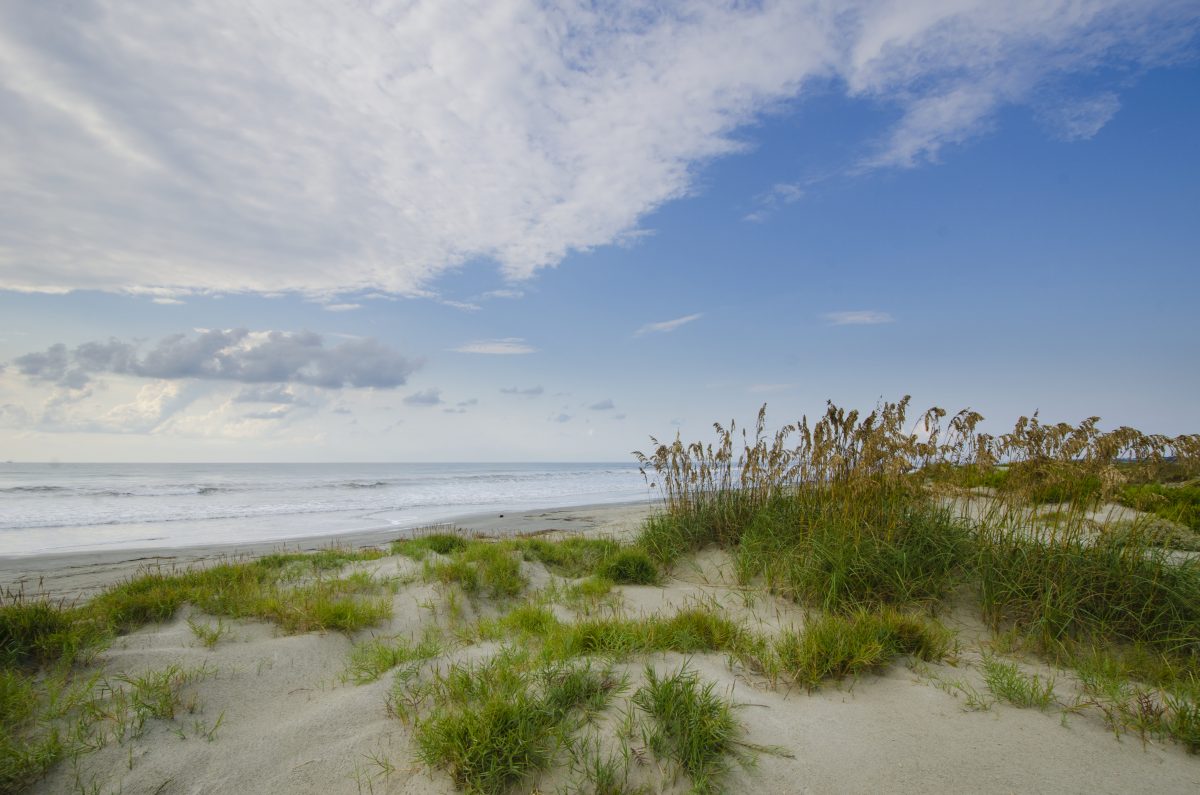A Beginner’s Guide to Identifying South Carolina Seashells
Discover How to Identify Native South Carolina Seashells
The picturesque coastline of South Carolina is known for its pristine beaches, warm sand, and most importantly, beautiful seashells. Whether you’re a seasoned collector or a beachcombing enthusiast, the vast array of seashells that wash up on Kiawah Island’s shores can be both fascinating and captivating.
In this beginner’s guide, we will explore the diverse seashell species found in South Carolina and provide you with valuable tips for identifying these treasures of the sea. Continue reading to learn more!
The Art of Beachcombing
Before we dive into the specifics of seashell identification, let’s first explore the captivating world of beachcombing. Beachcombing is an art that involves leisurely strolling along the shoreline, attentively scanning the sand for hidden treasures. It’s a delightful activity that allows you to connect with nature while discovering beautiful seashells.
As you embark on your beachcombing adventure, take your time and observe your surroundings. Keep a keen eye out for shell deposits near the water’s edge, where the tides often bring in a bounty of seashells. These areas are more likely to yield intact and high-quality shells, as they have been less disturbed by beachgoers.
Common Seashells Found on Kiawah Island
Familiarizing yourself with commonly found seashells on Kiawah Island’s coastline will significantly enhance your beachcombing experience. Some of these include:
1. Lightning Whelk (Busycon sinistrum)
This large, spiral-shaped shell is a prized find along South Carolina’s beaches, as its unique characteristics make it a valuable discovery for shell enthusiasts and collectors alike. One of the most striking features of the Lightning Whelk is its large, spiral-shaped shell, which can grow up to 16 inches in length.
The Lightning Whelk is characterized by prominent ridges that run from the tip to the base, giving it a distinct appearance and texture. These ridges not only enhance the shell’s aesthetic appeal, but also provide structural support and protection for the mollusk living inside.
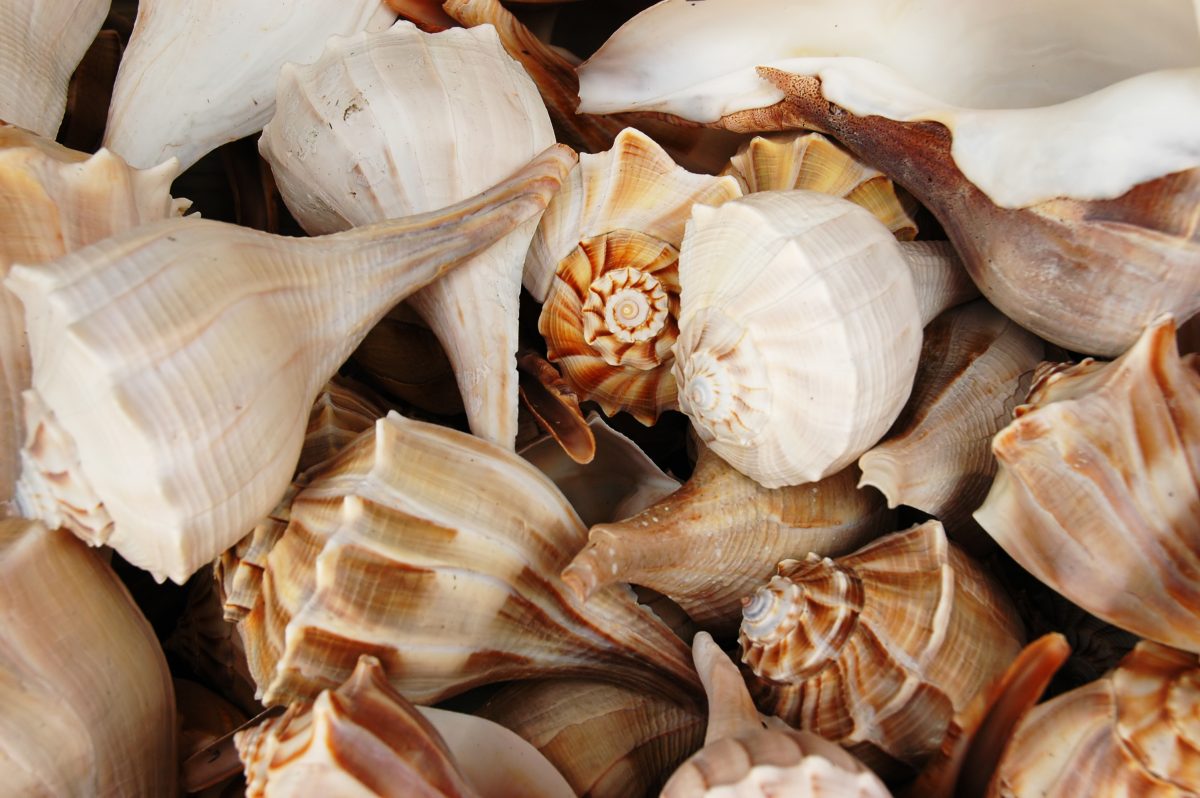
2. Olive Shells (Oliva sp.)
Named for their resemblance to an olive fruit, these elongated, smooth shells are highly sought after by collectors. Some notable characteristics of olive shells are their sleek and glossy appearance, lengthy shape, and tapered ends that closely resemble olives.
What makes olive shells particularly captivating is their wide range of colors and patterns. The shells can display an array of vibrant colors, including shades of cream, brown, pink, and orange. These colors often blend together, creating intricate patterns and swirls that add to their visual allure.
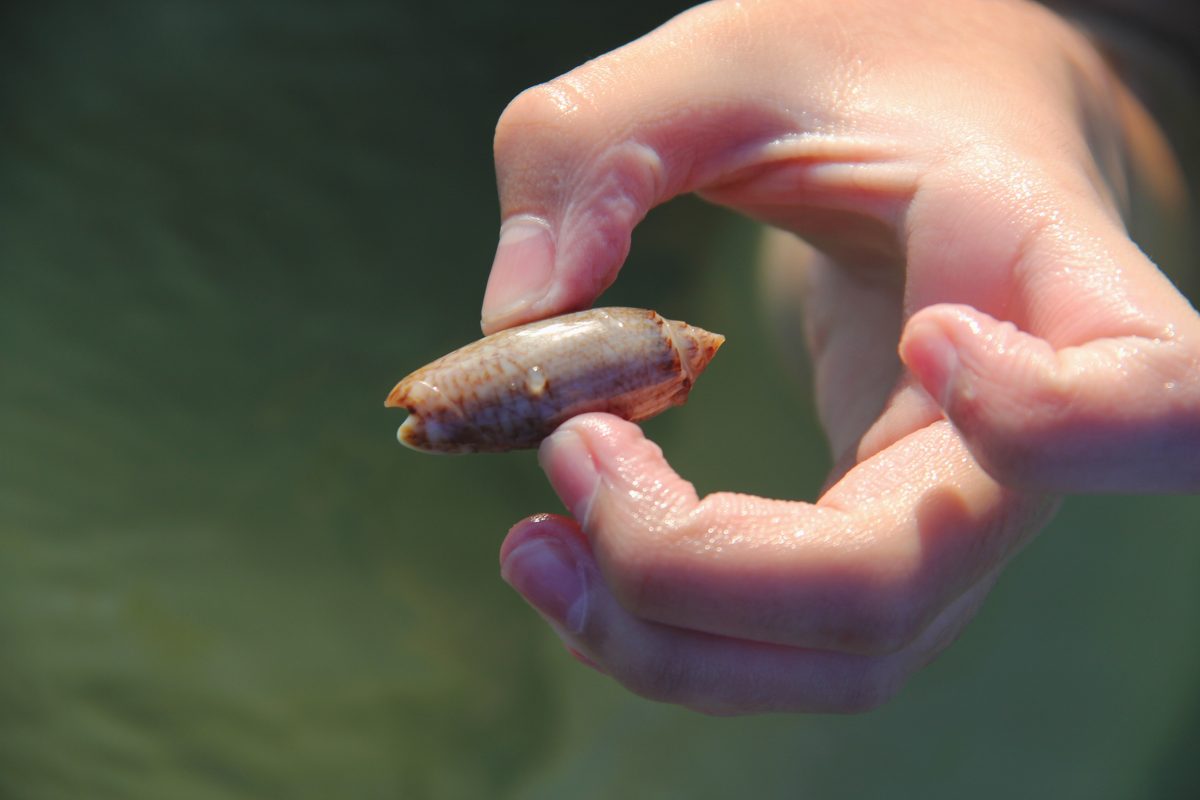
3. Coquina Shells (Donax variabilis)
Coquina shells are abundant along South Carolina’s shores and bring joy to beachcombers with their distinctive features, including their convex shape and vibrant hues.
Unlike many other seashells that have a relatively flat or spiral form, coquina shells are elongated and slightly curved, resembling a miniature clamshell. This distinctive shape adds to their charm and sets them apart from other shells found on the beach. Additionally, these shells can be found in various shades, including pink, yellow, purple, blue, and sometimes even a combination of these colors.
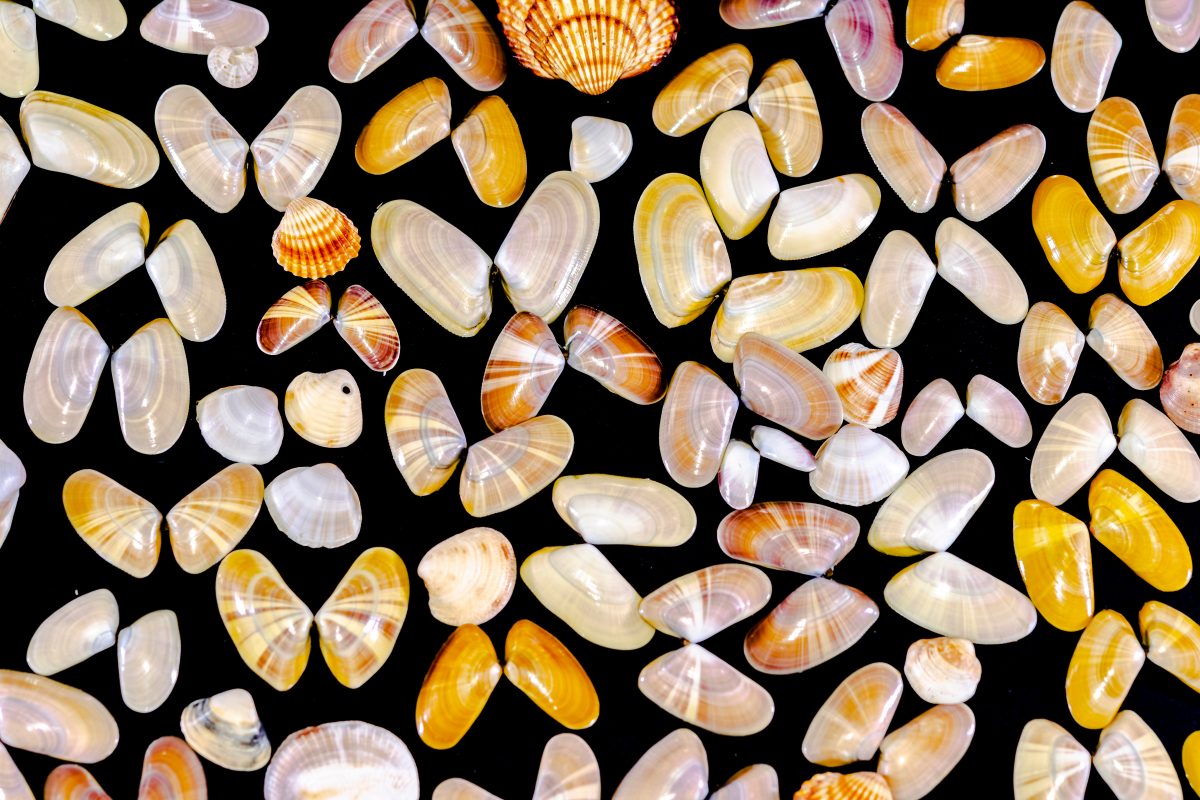
4. Slipper Shells (Crepidula fornicata)
Often referred to as “boat shells” due to their distinctive shape, slipper shells are commonly found along South Carolina’s coast. A notable feature of slipper shells is their flattened and asymmetrical appearance. The shell is elongated, with one side being higher and more arched than the other.
In addition to their shape, slipper shells are also characterized by the presence of ridges or grooves along their surface. These ridges can vary in prominence and spacing, but they are generally present, running parallel to the length of the shell.
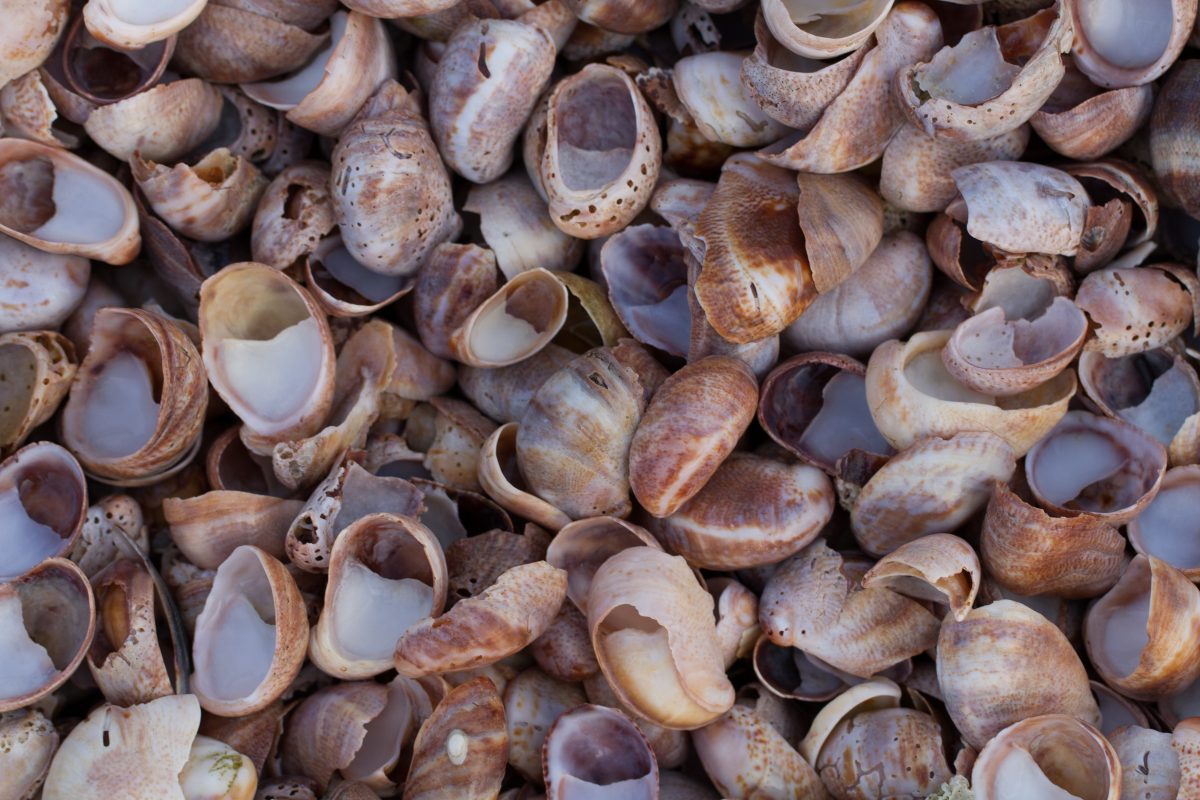
The Importance of Shell Preservation
While collecting seashells can be an exciting hobby, it’s crucial to prioritize shell preservation. Remember that shells serve as homes and protection for various marine creatures. Avoid taking live shells or disturbing living organisms attached to them, and opt to collect empty shells that have already been abandoned by their inhabitants.
Related: Experience the Wild Side: The Kiawah Island Conservancy
Discover South Carolina Seashells on Kiawah Island
It is impossible to convey the beauty of the natural environment and abundance of seashells on Kiawah Island with just photos and words alone. That’s why we invite you to come and experience the magic of the Island for yourself. And if you’re interested in taking up residence on Kiawah Island, we would be happy to take you on tours of available homes and introduce you to the exclusive Kiawah Island Club!
Click the button below to get in touch with us and begin planning your visit.




